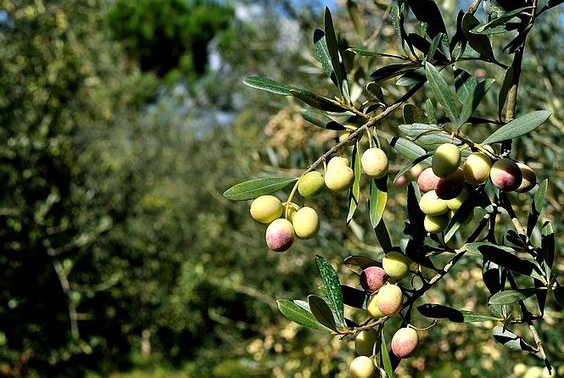
The Agrisicilia team
Are you familiar with St. Agatha’sOlivets and minnows? Both are the most typical sweets to celebrate the feast of Catania’s patron saint, which are made as per tradition from Feb. 3 to Feb. 5 on the occasion of the festival held in our Sicilian city.
The Olivette
St. Agatha’s olivettes are very simple treats that are easy to prepare and impressive. Prepared with almond flour and sugar, oval in shape and green in color, these sweets resemble the appearance of olives, as the story of this typical sweet, tells that St. Agatha on her way to Catania, stopped to tie a sandal, and at the point where she touched the ground, an olive tree rich in olives began to grow, behind which she could hide and feed on the fruit.
Le Minnuzze
“Minne di Sant’Agata” are traditional sweets from the feast of St. Agatha in Catania, Sicily. These sweets are named after the breasts of St. Agatha, the city’s patron saint, which were martyred during her torture. Legend has it that St. Agatha, a Christian virgin and martyr, suffered atrocious tortures, including the amputation of her breasts, to defend her chastity and faith. In honor of this sacrifice, Catania’s pastry chefs created these delicacies, which have become a symbol of the feast and devotion to St. Agatha.

The Nougat
Made with simple but genuine ingredients, such as local honey and roasted almonds, nougat embodies Sicily’s rich culinary tradition. Its crunchy texture and sweet, enveloping taste make it a delicacy beloved by generations of Catanese.
During the feast of St. Agatha, which takes place annually from February 3 to 6, local stallholders and confectioners adorn the streets of Catania with their stalls full of nougat and other typical sweets. Visitors and residents happily indulge in these delights while participating in processions and religious celebrations in honor of the saint.
The story of St. Agatha, patron saint of Catania
St. Agatha, patron saint of the city of Catania, was martyred around the middle of the 3rd century at the behest of Quinziano, a Roman proconsul, who took a fancy to her, and by virtue of Emperor Decio’s edict of persecution, accused her of flouting the state religion.
Attempts by the proconsul to seduce her were to no avail, and the man, enraged, framed a case against her. Questioned and tortured Agata was immovable in her faith and devotion. For this, Quinziano, in the height of fury, even had her breasts torn off with huge pincers. The young woman, after a vision, was healed. She was then ordered to be burned, but a strong earthquake prevented the execution. The proconsul had Agatha removed from the embers and returned her in agony to her cell, where she died a few hours later. His body was embalmed and wrapped in a red veil that, the story goes, stopped the lava that threatened to destroy Catania several times. Because of this, the martyr was proclaimed patron saint of the ci



